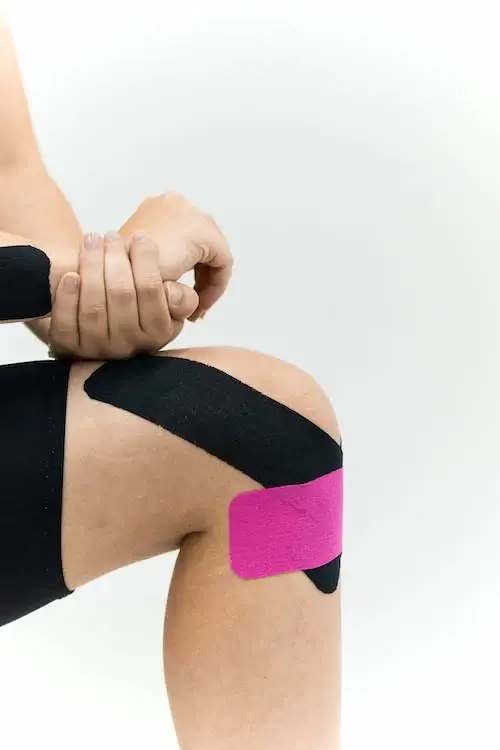After a knee replacement, also known as knee arthroplasty, it is important to follow your doctor's instructions for post-surgery care to ensure a successful recovery and minimise the risk of complications. The recovery time will vary by patient and what type of knee surgery is performed. Generally, however, there are some activities that patients should avoid or minimise post-surgery to ensure a successful recovery.
Activities Post-Knee Surgery
There are several activities that you may need to avoid or modify for some time after the surgery, such as:
- High-impact activities: High-impact activities such as running, jumping, or playing contact sports should be avoided after a knee replacement, as they can put too much strain on the newly replaced joint and increase the risk of complications.
- Deep bending: Deep bending of the knee, such as squatting or lunging, should also be avoided after a knee replacement. These types of movements can put excessive pressure on the joint and may cause damage or dislocation.
- Heavy lifting: You may also need to avoid heavy lifting or strenuous activities that involve lifting, pulling, or pushing heavy objects for some time after your surgery. This can help to protect the newly replaced joint and allow it to heal properly.
- Long periods of standing or sitting: It is important to avoid standing or sitting in one position for long periods after a knee replacement. This can put unnecessary strain on the joint and may cause discomfort or swelling.
How Can Physiotherapy Help Post-Surgery?
Physical therapy (also known as physiotherapy) is an important part of the recovery process following a knee replacement surgery. Physical therapy can help to reduce pain, improve mobility, and restore function to the knee joint.
One of the main goals of physical therapy following a knee replacement surgery is to reduce pain and swelling. This may involve the use of techniques such as ice and heat therapy, electrical stimulation, and soft tissue massage. Physical therapists may also prescribe pain medication or other treatments to help manage pain.
Another important aspect of physical therapy following a knee replacement surgery is improving mobility and range of motion. This may involve the use of exercises and stretches to strengthen the muscles around the knee, as well as the use of assistive devices such as crutches or a walker to help with mobility. Physical therapists may also teach patients how to use their new knee joint effectively and safely.
As patients progress in their physical therapy, they may be introduced to more advanced exercises to further improve strength and function. This may include activities such as leg presses, leg extensions, and leg curls, as well as balance and coordination exercises.
In addition to exercises and techniques to improve strength and mobility, physical therapists may also teach patients how to properly perform activities of daily living, such as dressing and bathing, to ensure they can live independently following surgery.
Physical therapy following a knee replacement surgery can be an intensive process and may involve several visits to a physical therapist each week. However, the benefits of physical therapy are significant and can help to ensure a smooth and successful recovery following knee replacement surgery. Some of the benefits of physical therapy include:
- Reduced pain and swelling
- Improved mobility and range of motion
- Stronger muscles around the knee joint
- Improved function and independence
- Faster return to normal activities
- Overall, physical therapy is an essential component of the recovery process following a knee replacement surgery and can help to ensure a smooth and successful recovery


 71–75 Shelton Street, Covent Garden, London, WC2H 9JQ
71–75 Shelton Street, Covent Garden, London, WC2H 9JQ +44 (0) 20 3376 1032
+44 (0) 20 3376 1032



